15 Free ESL Exercises for English Language Learners
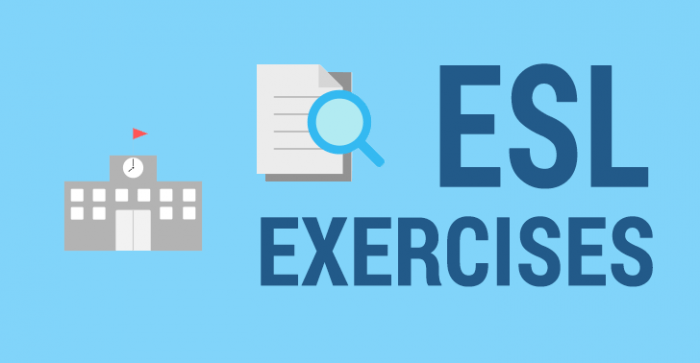
ESL Exercises for English Education
These ESL exercises are a controlled way to practice a particular language aspect. Ready to get started? And don’t forget that all our worksheets are 100% free to use in your classroom today.
1. Countable Nouns vs Uncountable Nouns
Plural nouns indicate more than one person, place, or thing. You can specify countable nouns numerically (e.g., 5 carrots), while uncountable nouns cannot (e.g., rice).
This worksheet tests students’ knowledge of plural nouns. This includes countable and uncountable nouns.
2. Daily Routines – Present Verb Tense
This “Daily Routines” worksheet explores present tense verbs through everyday activities.
Students work in pairs to review routine examples. They discuss their own daily, weekly, or monthly habits.
The exercise encourages students to think about their personal schedules. The goal is to expand their vocabulary for describing regular activities.
3. Prepositions of Location
Students practice prepositions by identifying and writing down the position of an apple in relation to boxes in various scenes.
They use prepositions like under, on top, next to, behind, and in front to describe the apple’s location. This worksheet focuses on prepositions of location.
4. Adverbs of Frequency
In this activity, students fill in sentences with adverbs that describe their habits. You want them to focus on adverbs of frequency, which express how often something occurs.
Common adverbs include “never”, “sometimes”, “often”, “usually”, and “always”. Try to use the sentence structure as “Subject + Adverb + Verb”.
5. Emotions Vocabulary: Personality Adjectives
The worksheet provides an in-depth exploration of various emotions. It uses a spinner to randomly select emotions for discussion.
Students work in pairs to share experiences related to the chosen emotion. It aims to help students better express their feelings.
8. Opposite Adjectives: Find the 2 Opposites
This opposite word worksheet focuses on antonyms for young learners. Students identify and circle two opposites within groups of three words.
The activity progresses from start to finish, covering various antonym pairs. Upon completion, instructors verify the answers.
9. Comparative Adjectives Worksheet
Comparative adjectives describe differences between two or more subjects. Our worksheet requires students to write sentences based on given images and words.
The typical sentence structure is: Noun (subject) + verb + comparative adjective + than + noun (object). Improves your understanding of comparative structures in English.
10. Compound Words: The Matching Game
Students match words to form 10 compound words. After completing the matching, students brainstorm additional compound words. Finally, the class then reviews all the examples together.
Along with 3 compound word worksheets and activities, this will put students on a solid foundation for forming compound words.
11. Minimal Pairs: Pronunciation Pyramid
Sharpen your phonological awareness with the minimal pairs pyramid. Students start at the top of the pyramid by circling words the teacher says.
As the teacher says minimal pair words, the exercise ends at a specific endpoint. After completion, the class reviews where everyone lands.
It’s Time to Shine
These ESL exercises have structure and teach a particular aspect of language learning.
Because when you guide students with these ESL exercises, all the pieces of the teaching puzzle start fitting together.
And students go from just good towards greatness.
Which ESL activities do you like most in this list. Please let me know with a comment below.

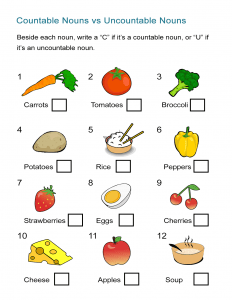

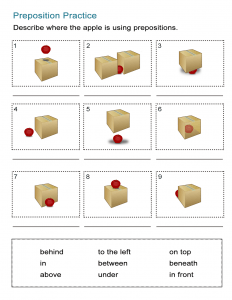
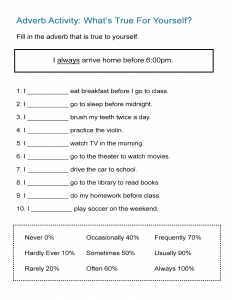
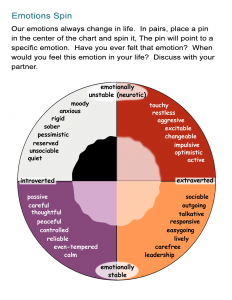
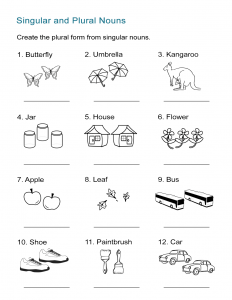
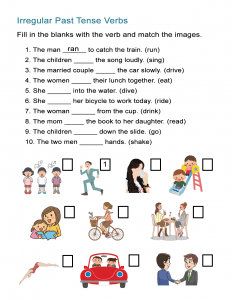
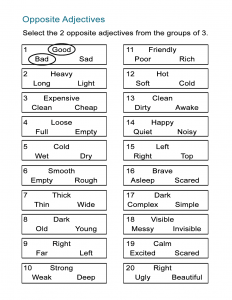
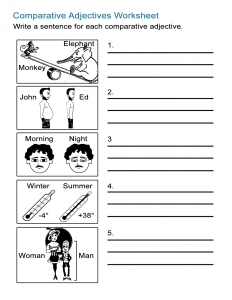


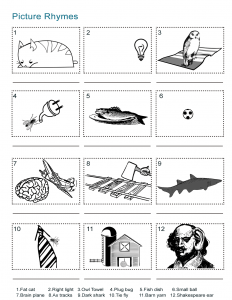

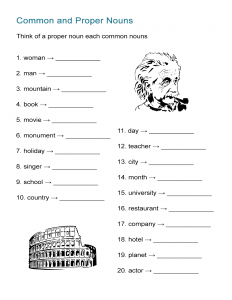
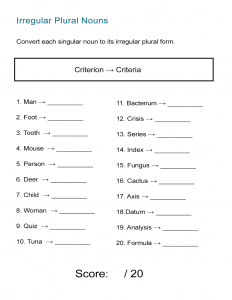
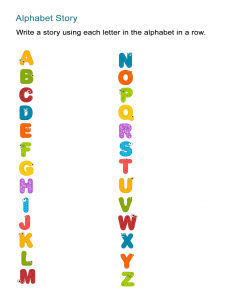
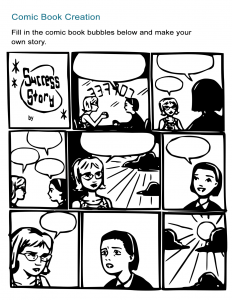
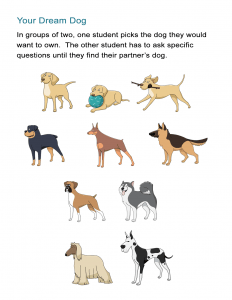
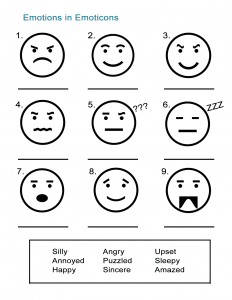

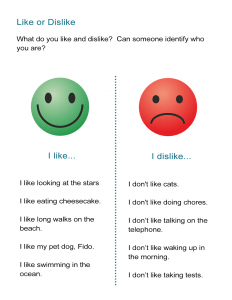
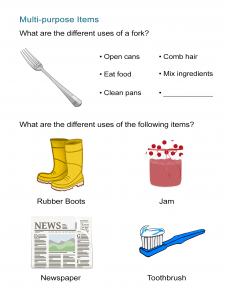
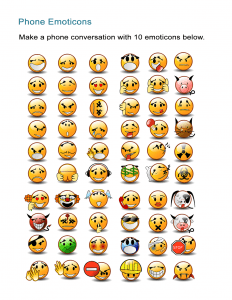
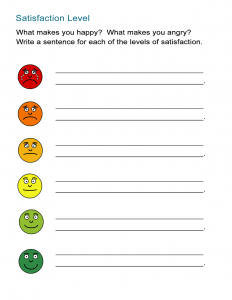
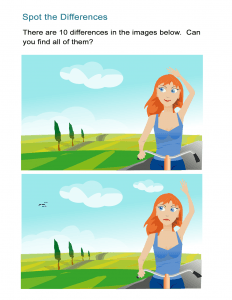
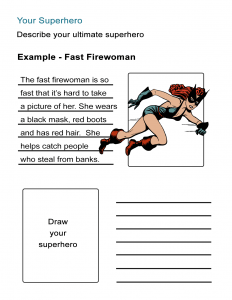
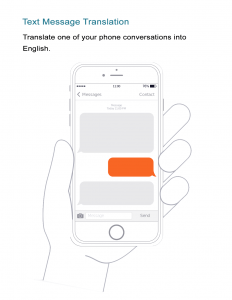
The exercise for irregular past tense comes handy for my ESL adults